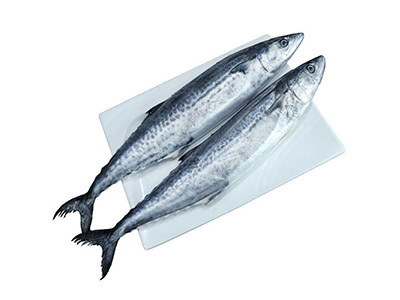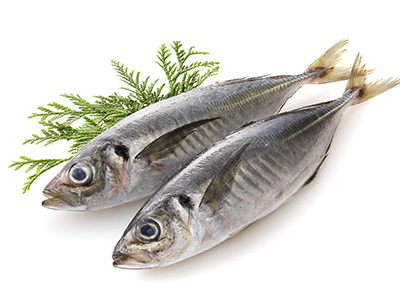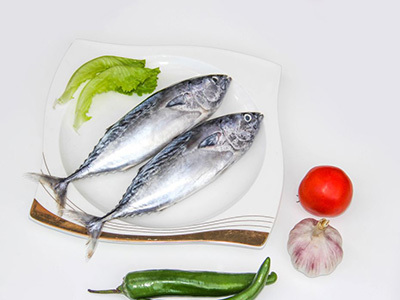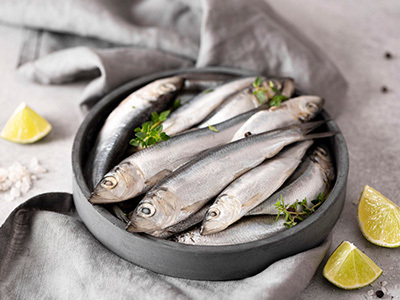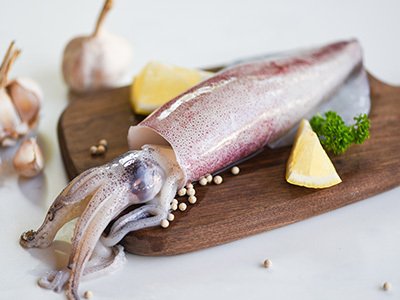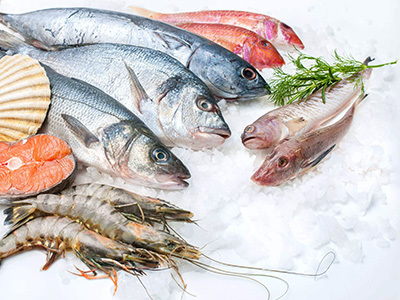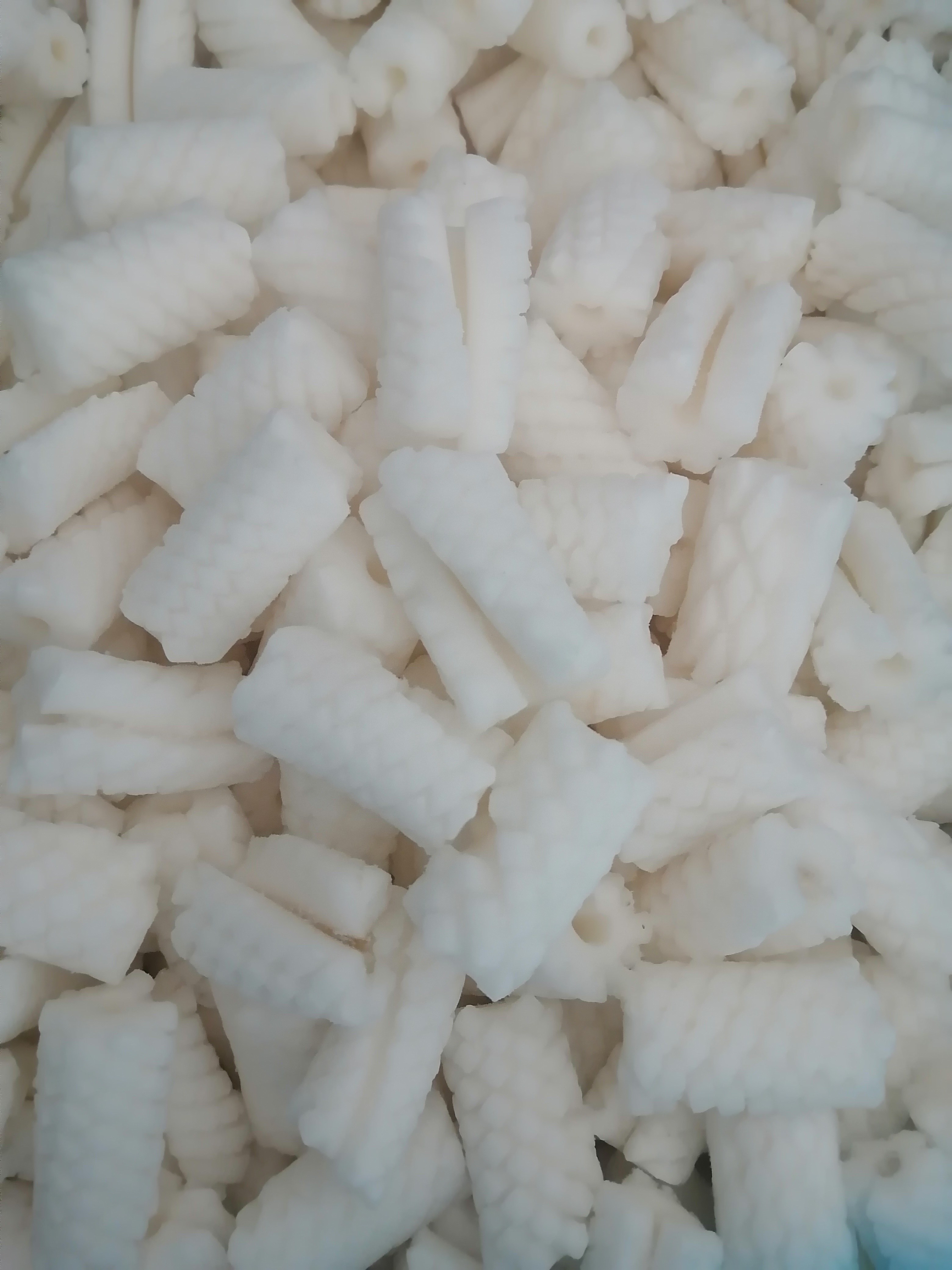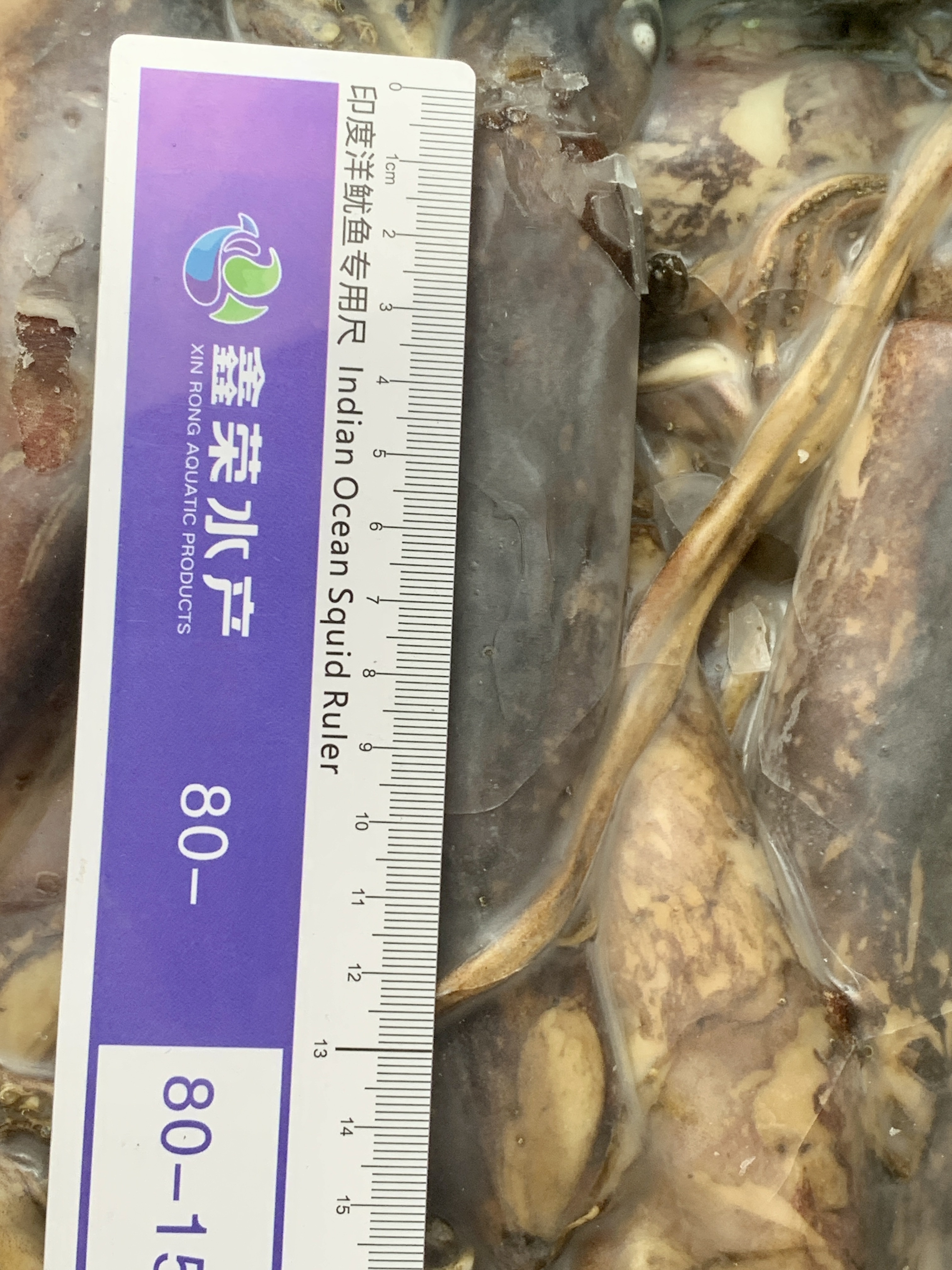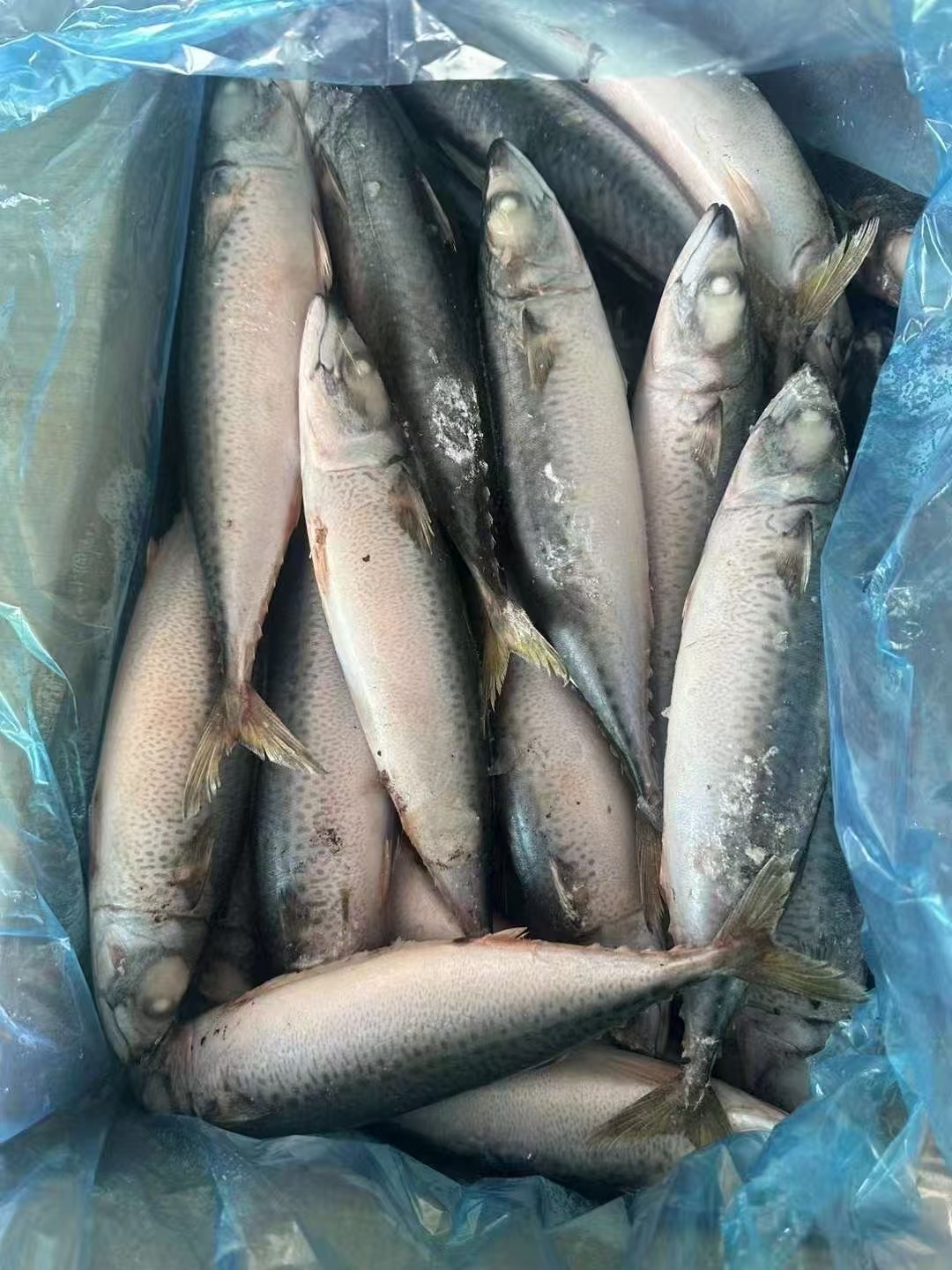No. 1 Haitu Road, Xiangzhi Town, Shishi City, Fujian Province China
Understanding Todarodes Sagittatus: The Versatile European Flying Squid
Todarodes sagittatus, or the European flying squid, is a fascinating cephalopod that inhabits the Atlantic Ocean, particularly in the waters off Europe and North America. This species is known for its remarkable ability to glide above the water, using jet propulsion to escape predators and navigate its environment. Its unique adaptations and behaviors have made it a subject of interest among marin
Jul 10,2025
Todarodes sagittatus, or the European flying squid, is a fascinating cephalopod that inhabits the Atlantic Ocean, particularly in the waters off Europe and North America. This species is known for its remarkable ability to glide above the water, using jet propulsion to escape predators and navigate its environment. Its unique adaptations and behaviors have made it a subject of interest among marine biologists and food enthusiasts alike.
One of the most striking features of Todarodes sagittatus is its distinct physical appearance. This squid can grow up to about 50 centimeters in length and has elongated bodies with a streamlined shape, which aids in its agility. The skin of this squid is covered in chromatophores, specialized cells that allow it to change color, providing camouflage from predators and an effective means of communication with other squids. This ability to blend into the surroundings is essential for survival in the open ocean.
In terms of habitat, Todarodes sagittatus typically thrives in deep, temperate waters, often found at depths ranging from 50 to 500 meters. They are known to form schools, which can range from a few individuals to thousands, especially during mating seasons. Their diet primarily consists of fish, crustaceans, and other smaller marine organisms, making them an important part of the marine food web.
From a culinary perspective, Todarodes sagittatus has gained popularity in various cuisines, particularly in Mediterranean and Asian dishes. Its tender texture and mild flavor make it a versatile ingredient in numerous recipes, from grilled squid to sushi. The demand for this cephalopod has led to sustainable fishing practices, ensuring that populations remain healthy while providing a delicious seafood option for consumers.
Moreover, the harvesting of Todarodes sagittatus is regulated in many regions to prevent overfishing and maintain ecological balance. As consumers become increasingly aware of sustainable seafood choices, this squid presents an excellent option for those looking to enjoy seafood that is both delicious and responsibly sourced.
In conclusion, Todarodes sagittatus is not just a remarkable marine creature; it is also a significant player in the seafood industry. Its unique adaptations, ecological importance, and culinary versatility make it a subject worth understanding. As we continue to explore the depths of our oceans, the European flying squid remains a testament to the incredible biodiversity that exists beneath the waves, reminding us of the interconnectedness of marine life and the importance of sustainable practices in preserving these treasures for future generations.
One of the most striking features of Todarodes sagittatus is its distinct physical appearance. This squid can grow up to about 50 centimeters in length and has elongated bodies with a streamlined shape, which aids in its agility. The skin of this squid is covered in chromatophores, specialized cells that allow it to change color, providing camouflage from predators and an effective means of communication with other squids. This ability to blend into the surroundings is essential for survival in the open ocean.
In terms of habitat, Todarodes sagittatus typically thrives in deep, temperate waters, often found at depths ranging from 50 to 500 meters. They are known to form schools, which can range from a few individuals to thousands, especially during mating seasons. Their diet primarily consists of fish, crustaceans, and other smaller marine organisms, making them an important part of the marine food web.
From a culinary perspective, Todarodes sagittatus has gained popularity in various cuisines, particularly in Mediterranean and Asian dishes. Its tender texture and mild flavor make it a versatile ingredient in numerous recipes, from grilled squid to sushi. The demand for this cephalopod has led to sustainable fishing practices, ensuring that populations remain healthy while providing a delicious seafood option for consumers.
Moreover, the harvesting of Todarodes sagittatus is regulated in many regions to prevent overfishing and maintain ecological balance. As consumers become increasingly aware of sustainable seafood choices, this squid presents an excellent option for those looking to enjoy seafood that is both delicious and responsibly sourced.
In conclusion, Todarodes sagittatus is not just a remarkable marine creature; it is also a significant player in the seafood industry. Its unique adaptations, ecological importance, and culinary versatility make it a subject worth understanding. As we continue to explore the depths of our oceans, the European flying squid remains a testament to the incredible biodiversity that exists beneath the waves, reminding us of the interconnectedness of marine life and the importance of sustainable practices in preserving these treasures for future generations.
TAG:
Contact Information
Address: No. 1 Haitu Road, Xiangzhi Town, Shishi City, Fujian Province
QR Code


Enterprise official website


